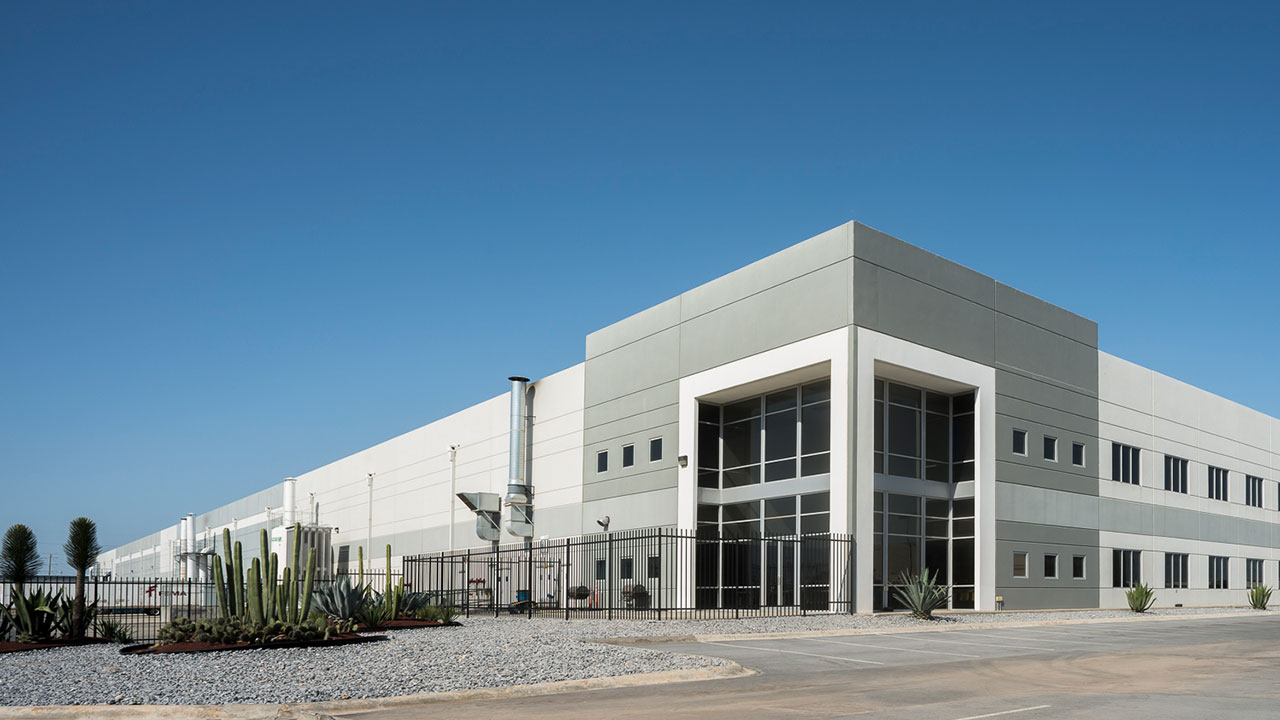Net Zero Deal Profile (NZDP)

A growing collection of project profiles spotlighting the use of net-zero building.
Net Zero Deal Profiles (NZDPs) are project profiles that spotlight the transformation of existing buildings into net-zero ones or the new construction of net-zero buildings. A net-zero building, by definition, produces as much energy as it consumes over the course of a year, typically through a combination of energy efficiency measures and on-site renewable generation. These profiles aim to illuminate the pathways, decisions, and partnerships that make such ambitious goals achievable.
Achieving net-zero status requires a multi-faceted approach. First, the building envelope must be optimized for energy efficiency— this includes high-performance insulation, airtight construction, triple-glazed windows, and passive solar design. Then, energy demand is minimized. The remaining energy needs are met with renewable energy sources, often solar panels or geothermal systems.
However, the road to net-zero is not without hurdles. Regulatory complexity, high upfront costs, limited access to skilled labor, and the challenge of retrofitting existing buildings often delay or complicate projects. NZDPs explore how developers overcome these barriers, often through early-stage planning, integrated design processes, and alignment with local policy incentives.
The financial feasibility of net-zero projects is a key focus of each profile. While initial capital costs are typically higher, NZDPs break down how long-term energy savings, operational efficiencies, and government incentives (such as tax credits, grants, and green bonds) can create a compelling return on investment. For example, some projects secure power purchase agreements (PPAs) or benefit from utility rebates that drastically reduce costs. By offering transparency into the technical and financial mechanics behind successful net-zero buildings, these profiles provide a roadmap for others to follow— demonstrating that with the right planning and partnerships, net-zero is not just aspirational, but achievable and economically sound.
Hopeworks Station North
HopeWorks Station North is a net zero, mixed-use development combining affordable housing, workforce development, and social services. Owned by HopeWorks and Housing Hope, it supports low-income, unhoused, and veteran residents while advancing sustainability and community well-being, reinvesting energy savings into job training, career services, and programs that directly benefit residents.
BXP 140 Kendrick Building A
140 Kendrick Street is a 440,000-square foot premier workplace campus in Needham, Massachusetts, developed, owned, and managed by BXP. The profile focuses on Building A, a 106,000-square-foot office building leased by Wellington Management in 2021. The retrofit is the first large-scale, net zero, carbon-neutral office repositioning of this scale in Massachusetts. The project scope included full electrification, building envelope enhancements, advanced energy recovery systems, modernization of mechanical systems, and the addition of on-site renewable energy generation.
Report Summary: Net Zero Deal Profiles (NZDPs) are project profiles that spotlight the transformation of existing buildings into net-zero ones or the new construction of net-zero buildings. A net-zero building, by definition, produces as much energy as it consumes over the course of a year, typically through a combination of energy efficiency measures and on-site renewable generation. These profiles aim to illuminate the pathways, decisions, and partnerships that make such ambitious goals achievable.
Achieving net-zero status requires a multi-faceted approach. First, the building envelope must be optimized for energy efficiency— this includes high-performance insulation, airtight construction, triple-glazed windows, and passive solar design. Then, energy demand is minimized. The remaining energy needs are met with renewable energy sources, often solar panels or geothermal systems.
However, the road to net-zero is not without hurdles. Regulatory complexity, high upfront costs, limited access to skilled labor, and the challenge of retrofitting existing buildings often delay or complicate projects. NZDPs explore how developers overcome these barriers, often through early-stage planning, integrated design processes, and alignment with local policy incentives.
The financial feasibility of net-zero projects is a key focus of each profile. While initial capital costs are typically higher, NZDPs break down how long-term energy savings, operational efficiencies, and government incentives (such as tax credits, grants, and green bonds) can create a compelling return on investment. For example, some projects secure power purchase agreements (PPAs) or benefit from utility rebates that drastically reduce costs. By offering transparency into the technical and financial mechanics behind successful net-zero buildings, these profiles provide a roadmap for others to follow— demonstrating that with the right planning and partnerships, net-zero is not just aspirational, but achievable and economically sound.
Hopeworks Station North
HopeWorks Station North is a net zero, mixed-use development combining affordable housing, workforce development, and social services. Owned by HopeWorks and Housing Hope, it supports low-income, unhoused, and veteran residents while advancing sustainability and community well-being, reinvesting energy savings into job training, career services, and programs that directly benefit residents.
BXP 140 Kendrick Building A
140 Kendrick Street is a 440,000-square foot premier workplace campus in Needham, Massachusetts, developed, owned, and managed by BXP. The profile focuses on Building A, a 106,000-square-foot office building leased by Wellington Management in 2021. The retrofit is the first large-scale, net zero, carbon-neutral office repositioning of this scale in Massachusetts. The project scope included full electrification, building envelope enhancements, advanced energy recovery systems, modernization of mechanical systems, and the addition of on-site renewable energy generation.


